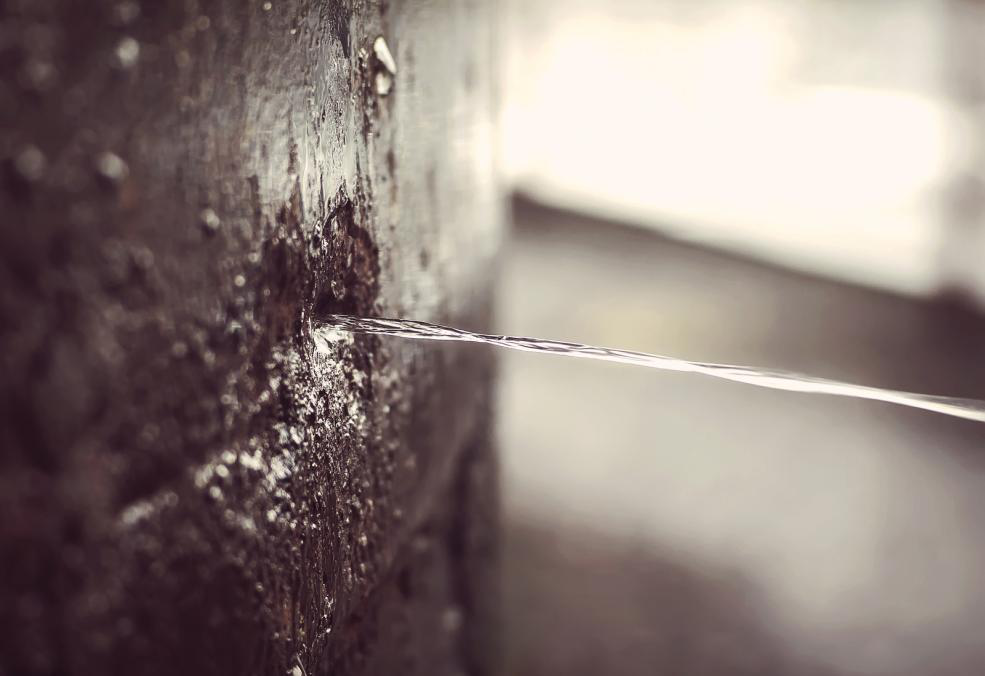How to Check If Your Home Has a Covert Leak
How to Check If Your Home Has a Covert Leak
Blog Article
Just how do you actually feel when it comes to Locating water leaks?

Early discovery of dripping water lines can mitigate a potential catastrophe. Some small water leakages might not be noticeable.
1. Take A Look At the Water Meter
Every house has a water meter. Inspecting it is a proven way that helps you discover leaks. For beginners, switch off all the water resources. Make certain no person will certainly flush, use the tap, shower, run the washing machine or dishwasher. From there, most likely to the meter and watch if it will certainly change. Because no person is utilizing it, there need to be no activities. If it moves, that shows a fast-moving leak. Furthermore, if you identify no changes, wait a hr or more and also inspect back once more. This means you might have a slow leak that can even be below ground.
2. Check Water Usage
If you detect abrupt changes, despite your usage being the same, it indicates that you have leakages in your plumbing system. A sudden spike in your bill suggests a fast-moving leak.
On the other hand, a constant boost on a monthly basis, despite having the very same habits, shows you have a slow leak that's additionally gradually rising. Call a plumber to completely inspect your home, specifically if you feel a warm location on your flooring with piping below.
3. Do a Food Coloring Examination
When it comes to water usage, 30% comes from toilets. If the shade somehow infiltrates your dish throughout that time without flushing, there's a leak in between the tank and also bowl.
4. Asses Exterior Lines
Don't fail to remember to inspect your outside water lines as well. Test faucets by connecting a yard pipe. Should water seep out of the link, you have a loosened rubber gasket. Change this and also make certain all links are tight. It will certainly help get it properly checked out as well as kept each year if you've obtained a lawn sprinkler system. One tiny leak can throw away lots of water and increase your water bill.
5. Examine the circumstance and also inspect
Home owners must make it a practice to inspect under the sink counters as well as also inside cupboards for any bad odor or mold and mildew development. These two warnings suggest a leak so timely focus is required. Doing routine inspections, also bi-annually, can conserve you from a major trouble.
Extra importantly, if you know your residence is currently old, maintain a watchful eye on your heaters, pipes, pipelines and so on. Check for stainings and deteriorating as a lot of pipelines and devices have a life expectancy. They will additionally naturally wear away because of tear as well as wear. Do not wait for it to rise if you believe dripping water lines in your plumbing system. Call a specialist plumber right now so you do not end up with an awful mess in your house.
Early discovery of dripping water lines can alleviate a prospective disaster. Some little water leaks may not be noticeable. Checking it is a surefire method that aids you discover leaks. One little leak can lose loads of water as well as surge your water expense.
If you think leaking water lines in your plumbing system, do not wait for it to escalate.
WARNING SIGNS OF WATER LEAKAGE BEHIND THE WALL
PERSISTENT MUSTY ODORS
As water slowly drips from a leaky pipe inside the wall, flooring and sheetrock stay damp and develop an odor similar to wet cardboard. It generates a musty smell that can help you find hidden leaks.
MOLD IN UNUSUAL AREAS
Mold usually grows in wet areas like kitchens, baths and laundry rooms. If you spot the stuff on walls or baseboards in other rooms of the house, it’s a good indicator of undetected water leaks.
STAINS THAT GROW
When mold thrives around a leaky pipe, it sometimes takes hold on the inside surface of the affected wall. A growing stain on otherwise clean sheetrock is often your sign of a hidden plumbing problem.
PEELING OR BUBBLING WALLPAPER / PAINT
This clue is easy to miss in rooms that don’t get much use. When you see wallpaper separating along seams or paint bubbling or flaking off the wall, blame sheetrock that stays wet because of an undetected leak.
BUCKLED CEILINGS AND STAINED FLOORS
If ceilings or floors in bathrooms, kitchens or laundry areas develop structural problems, don’t rule out constant damp inside the walls. Wet sheetrock can affect adjacent framing, flooring and ceilings.
https://www.servicemasterbyzaba.com/blog/how-to-detect-water-leakage-in-walls/

I stumbled upon that piece of writing about Top leak detection hacks when surfing the web. Remember to take a moment to distribute this blog entry if you liked it. Thanks so much for going through it.
Report this page